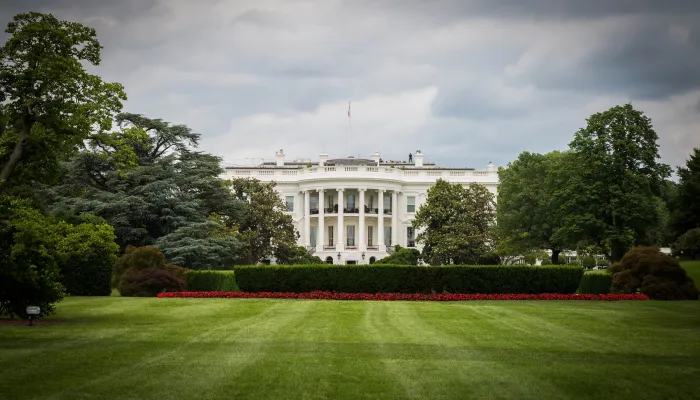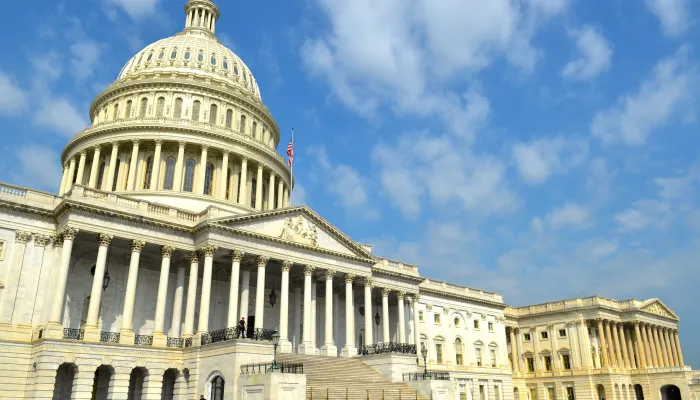2025 Reconciliation Tracker
Updated 7/11/25: On July 1, 2025, the Senate passed its version of the OBBBA by a narrow 51–50 vote—Vice President JD Vance casting the tie-breaker—after making several changes to the version previously sent over by the House. On July 3, 2025, the House agreed to send the bill to the White House by a vote of 218-214. President Trump signed the bill into law on July 4, 2025. While the bill has been finalized, the information below provides a detailed account of its development and procedural journey.
The House passed the reconciliation package, officially titled the "One Big Beautiful Bill Act," on May 22 by a vote of 215 to 214. The bill will now head to the Senate.
On May 18, the House Budget Committee held a second markup of the reconciliation package, advancing the measure by a vote of 17 to 16, with four members voting "present." This came after the committee first attempted to advance the legislation on May 16, when it voted 16 to 21 against the bill.
On April 10, following action in the Senate, the House adopted a final concurrent budget resolution setting the stage for work on a future reconciliation bill. This version of the resolution was first adopted by the Senate on April 5, which amended an earlier House budget resolution. The Senate’s April 5 amendment adds reconciliation instructions for the Senate that require only $4 billion in gross deficit reductions and allow a $5.8 trillion net deficit increase, while the House instructions require $2 trillion in gross deficit reductions and allow a $2.8 trillion net deficit increase.
Now that the House and Senate have adopted the same budget resolution with reconciliation instructions, lawmakers are discussing what to include in a forthcoming reconciliation package (see all of our resources here). We'll be tracking the portions of the package as they are released, marked up in committee, combined, and voted on. Below is a brief summary of where we are in the process with tables tracking the House and Senate bills. Check back for regular updates.
The below tables 1 will be updated as lawmakers make progress on the final budget resolution and subsequent reconciliation bill. You can also find more detailed breakdowns of each committee's reconciliation package in our FY 2025 Reconciliation Bill Tally.
House of Representatives
*The House Budget Committee adopted an amendment during its markup of the budget resolution requiring $2 trillion in spending cuts, $498 billion more than the original instructions. However, the amendment did not specify which committees these additional spending cuts would come from.
Senate
Read more options and analyses on our Reconciliation Resources page.
1 Due to House and Senate committees having different jurisdictions, the reconciliation instructions would be different for each chamber even if they both adopted resolutions with consistent instructions for deficit increases and decreases.


